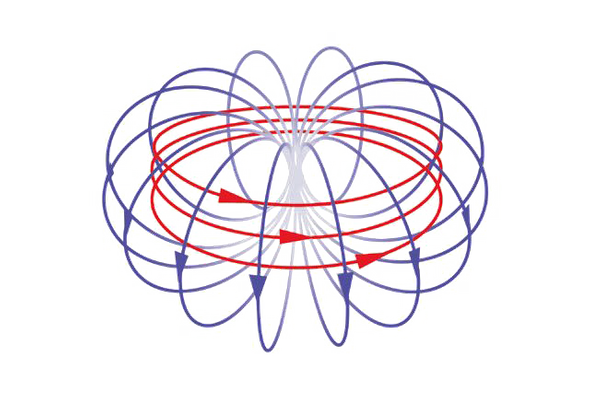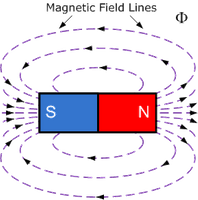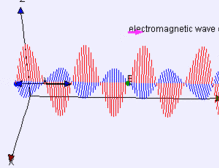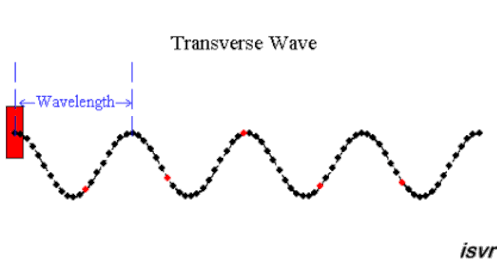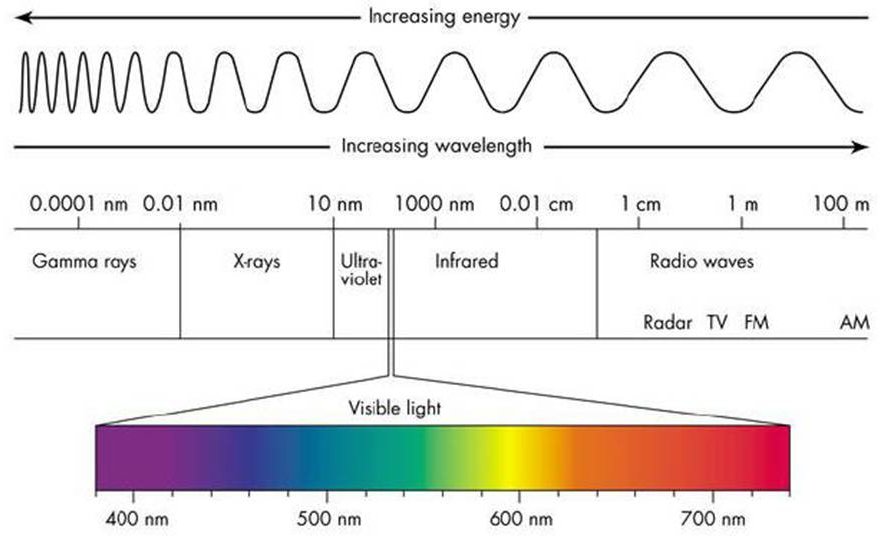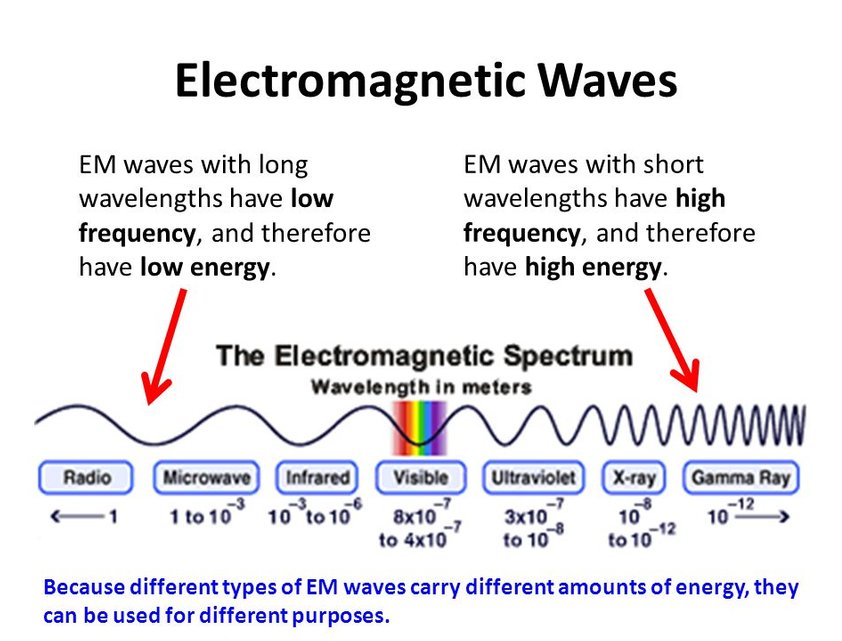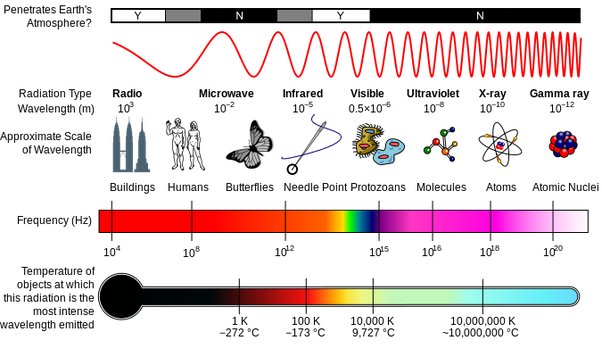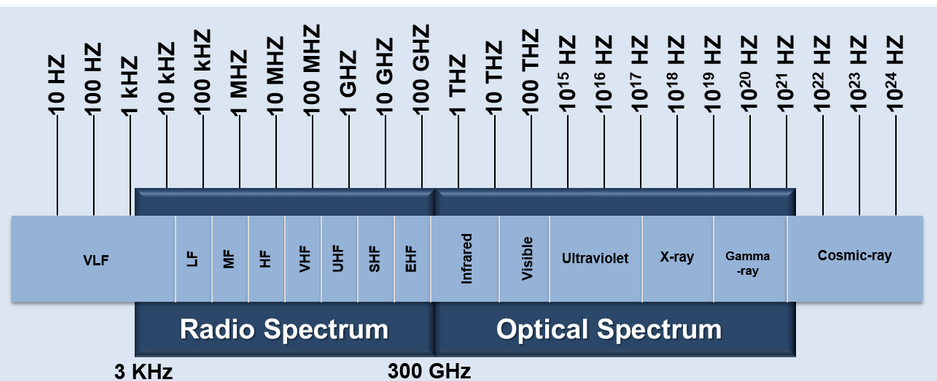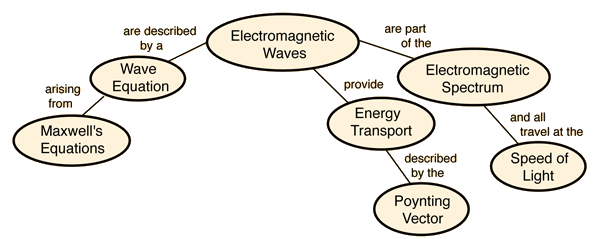WHAT ARE ELECTROMAGNETIC FIELDS?
An electromagnetic field, also known as EM field or EMF, is a physical field produced by electrically charged objects. The EMF describes the electromagnetic force, a type of physical interaction that occurs between electrically charged particles. This electromagnetic interaction (or force) is one of the four fundamental forces of nature presently known to exist, together with gravitation, weak force and strong force.
Electromagnetic phenomena are defined in terms of the electromagnetic force, which includes both electricity and magnetism as different manifestations of the same phenomenon.
The EM field can be viewed as the combination of an electric field and a magnetic field, as the electromagnetic force creates electric and magnetic fields.
Electric Field Lines
The electric field is produced by stationary charged particles.
Electric fields exist whenever a positive or negative electrical charge is present. They exert forces on other charges within the field. The strength of the electric field is measured in volts per metre (V/m). This field exists even when there is no current flowing. The higher the voltage, the stronger the electric field is at a given distance from the charge.
Electric charge is carried by subatomic particles. In ordinary matter, negative charge is carried by electrons, and positive charge is carried by the protons in the nuclei of atoms. If there are more electrons than protons in a piece of matter, it will have a negative charge, if there are less it will have a positive charge, and if there are equal numbers it will be neutral.
Magnetic fields are caused by moving charged particles (currents)
Magnetic fields arise from the motion of electric charges. The strength of the magnetic field is measured in amperes per meter (A/m); or in microtesla (µT). In contrast to electric fields, a magnetic field is only produced once a device is switched on and current flows. The higher the current, the greater is the strength of the magnetic field.
Electromagnetic fields affects the behavior of charged objects in the vicinity of the field. EMF are responsible for chemical bonding and electromagnetic waves, including visible light, and forms the basis for electrical technology. As such ordinary matter is a manifestation of the electromagnetic force.
The electromagnetic field may be viewed as a dynamic entity that causes other charges and currents to move, and which is also affected by them. These interactions are described by Maxwell's equations and the Lorentz force law.
From a classical perspective in the history of electromagnetism, the electromagnetic field can be regarded as a smooth, continuous field, propagated in a wavelike manner; whereas from the perspective of quantum field theory, the field is seen as quantized, being composed of individual particles.
The electromagnetic field extends indefinitely throughout space.
Electromagnetic Radiation (EMR)
In physics, electromagnetic radiation (EM radiation or EMR) refers to the waves (or their quanta, photons) of the electromagnetic field, propagating (radiating) through space-time, carrying electromagnetic radiant energy.
It includes radio waves, microwaves, infrared,(visible) light, ultraviolet, X-rays, and gamma rays.
In classical physics EMR consists of electromagnetic waves, which are synchronized oscillations of electric and magnetic fields that propagate at the speed of light through a vacuum. The oscillations of the two fields are perpendicular to each other and perpendicular to the direction of energy and wave propagation, forming a transverse wave (as opposed to sound waves which are longitudinal waves).
The wavefront of electromagnetic waves emitted from a point source is a sphere.
Electromagnetic spectrum
The electromagnetic spectrum includes, in order of increasing frequency and decreasing wavelength: radio waves, microwaves, infrared radiation, visible light, ultraviolet radiation, X-rays and gamma rays.
Electromagnetic waves are produced whenever charged particles are accelerated, and these waves can subsequently interact with other charged particles. EM waves carry energy, momentum and angular momentum away from their source particle and can impart those quantities to matter with which they interact. Electric and magnetic fields are not only fields of force, which dictate the motion of particles, but also have an independent physical reality because they carry energy.
"The fact that the electromagnetic field can possess momentum and energy makes it very real ... a particle makes a field, and a field acts on another particle, and the field has such familiar properties as energy content and momentum, just as particles can have."
The Feynman Lectures on Physics Vol I. Addison Wesley Longman. Richard P. Feynman (1970).
Waves within a field if unimpeded traverse potentially propagate infinite distance at a finite speed. One can imagine electromagnetic waves as series of very regular waves that travel at an enormous speed, the speed of light. The frequency simply describes the number of oscillations or cycles per second, while the term wavelength describes the distance between one wave and the next. Hence wavelength and frequency are inseparably intertwined: the higher the frequency the shorter the wavelength.
Electromagnetic Radiations of the radio spectrum are divided into bands of frenquencies: in order of increasig frequencies there is:
Very low frequencies 5VLF), low frequencies (LF), medium frequencies (MF), hight frequencies (HF), Ultra hight frequencies (UHF), super high frenquencies(SHF) and extremely high frequencies(EHF)
In the quantum theory of electromagnetism, EMR consists of photons (a Quanta of EM waves) or elementary particles responsible for all electromagnetic interactions. The modern theory that explains the nature of light includes the notion of wave–particle duality. More generally, the theory states that everything has both a particle nature and a wave nature.
